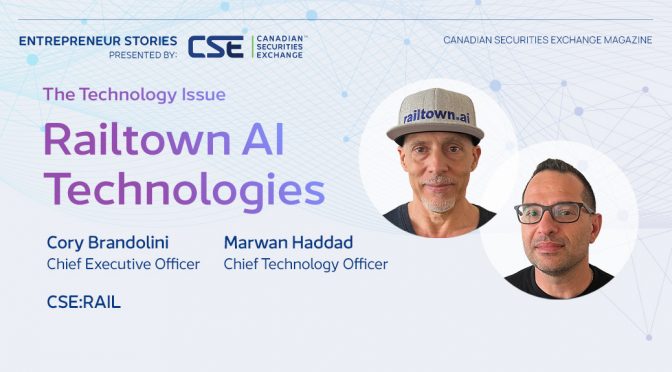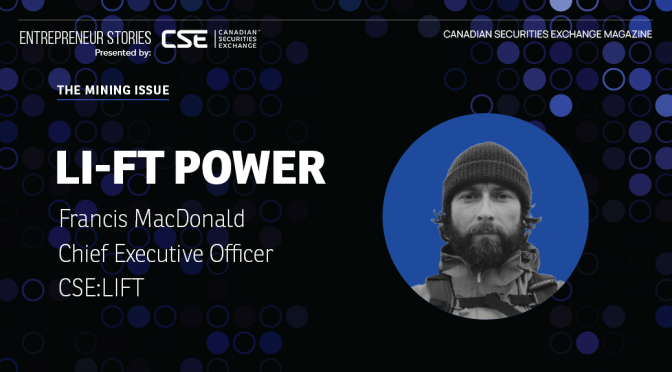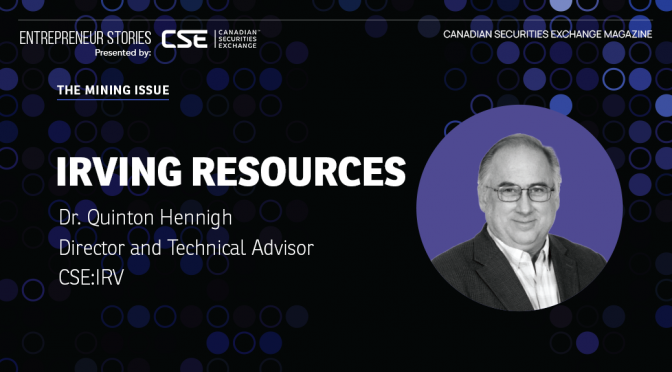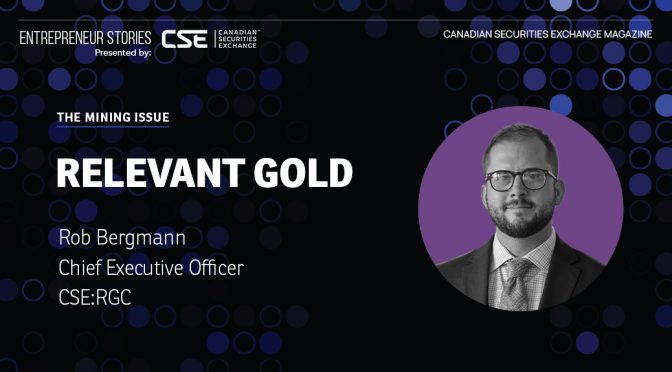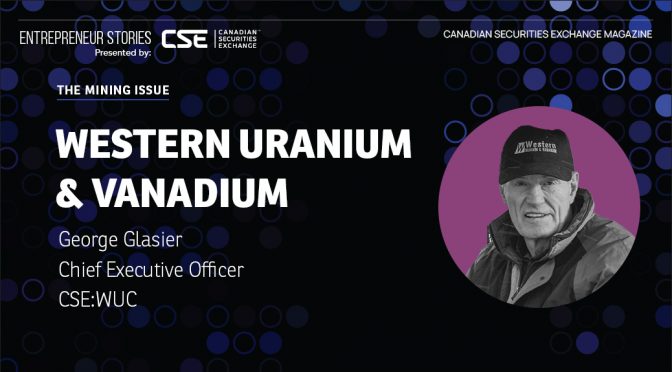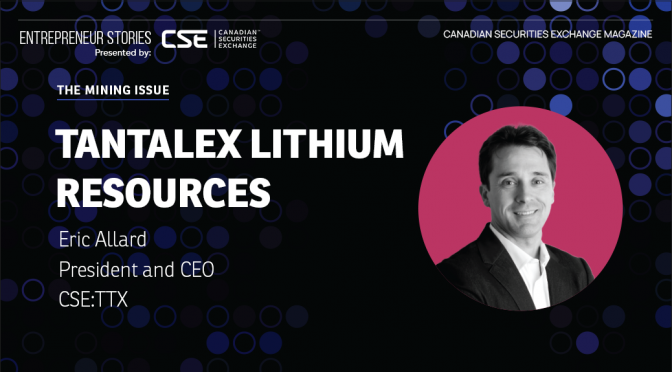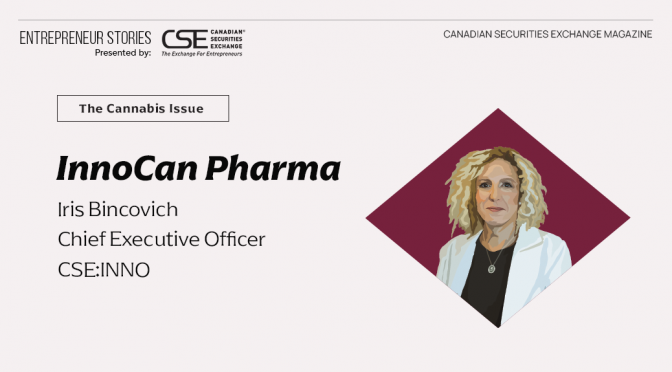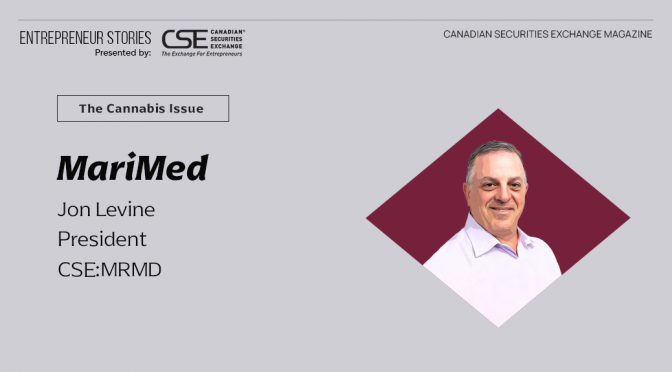The future of cryptocurrencies lies in a compliant and regulated ecosystem, according to BIGG Digital Assets (CSE:BIGG), a diversified, “compliance-first” crypto company.
The Vancouver-based group adopted this ethos in 2019 and has since made it its motto of operations, Chief Executive Officer Mark Binns told Canadian Securities Exchange Magazine in a recent interview.
Given catastrophes of late in the crypto space that include the collapse of crypto exchange FTX and the failure of crypto lender Voyager Digital, governments are pushing for regulation to better protect consumers, says Binns.
“The market is moving toward us. The need for products of our nature, a compliant nature, is rising, and the existence of non-regulated entities in the space is decreasing,” Binns notes.
“To operate in Canada, we follow very strict regulations for the storage and security of our customers’ data and their crypto assets, so that makes us safer than other, non-regulated exchanges.”
BIGG Digital works across three different areas within the cryptocurrency space: trading, forensics and Web3/Metaverse.
“We invest in and run businesses that we believe can profit from a compliant and regulated future of cryptocurrency,” Binns explains.
Additionally, BIGG Digital’s operations are agnostic to crypto prices. Regardless of a digital asset’s value, the company generates revenue from crypto transactions and its forensics and Metaverse deals, sheltering it from the sector’s price volatility.
“You can have access to multiple different plays inside the crypto universe by investing in BIGG Digital Assets, with the security of diversity as well,” says Binns.
“If one sector is hotter, like crypto trading, we have a trading platform, or if trading is a bit quieter and the US government is pushing for crypto regulations, our crypto forensics business would be stronger.”
The company also has minority investments in crypto tax software company ZenLedger and lightning network developer LQwD Fintech, in addition to having about 200 bitcoins on its balance sheet.
BIGG Digital wholly owns and operates one of the few regulated cryptocurrency trading platforms in Canada, Netcoins.
In fact, the company’s leadership actually helped Canada pioneer its cryptocurrency regulations, working with regulators as far back as 2018 toward robust crypto trading regulations to ensure customers’ investments are safe and secure within exchanges.
The holder of restricted dealer licences approved by the British Columbia Securities Commission and Canadian Securities Administrators, and a money services business designation from the Financial Transactions and Reports Analysis Centre of Canada, Netcoins offers investors easy access to cryptocurrencies through compliant and regulated brokerage services.
Following its success in Canada, Netcoins launched in the United States in California, Michigan, Missouri, Pennsylvania and Virginia in December 2022, followed by Utah, Kentucky, Colorado and Kansas in the first quarter of 2023.
“We’re going to continue pushing into the US market, which is moving toward a regulated and compliant model,” Binns says.
BIGG Digital also plans to continue adding products to its Netcoins offering. “We expect to add staking for our customer base and more assets, more coins,” Binns says.
Through another of its businesses, Blockchain Intelligence Group (BIG), BIGG Digital provides tools to law enforcement that help to reduce crypto crime.
Among its offerings is Qlue, a technology designed for law enforcement, investigators and compliance that can track blockchain transactions, and BitRank Verified, which provides risk scoring of Bitcoin and Ethereum addresses and transactions for financial institutions, cryptocurrency exchanges, Bitcoin ATM operators, audit firms, retailers and funds.
BIG also offers cryptocurrency training to organizations. Its clients so far include employees at major banks such as Scotiabank, TD Bank, CIBC, BMO, Citibank and HSBC, as well as entities such as the US Secret Service, the US Drug Enforcement Administration and Interpol Singapore.
“Our customers range from police forces in small towns all the way up to the US government,” Binns explains.
Binns believes that as Bitcoin and crypto grow in relevance to the broader financial system, they will also be used more in crime. “That’s just an unfortunate fact,” he notes.
As a result, law enforcement and governments globally will need to have a better handle on what is going on, Binns says, so BIG’s products will become more valuable.
Binns also points out that BIG faces limited competition within the crypto forensics space and that there are high barriers to entry for new companies.
“We have 3 billion attributions on our blockchains, pieces of data that anonymize the blockchain dating back to 2015, and probably $25 million in investment, so it’s very hard for a startup company to come into this space,” he explains.
“The players are set and the pie keeps getting bigger which, in turn, is going to make our market share by dollars bigger. Every time we go into a pitch, there may be only two or three competitors pitching for that business, not 20.”
In the months and years to come, BIG intends to add more blockchains and coins that it can track with its crypto forensic tools, as well as to enhance the tools’ other features.
BIGG Digital also believes the upside on the Metaverse is huge, which is why the company holds a 30% stake in Web3 company TerraZero.
“When Facebook renames itself Meta you know that there’s a reason and a significant amount of investment going in,” says Binns.
Run by Dan Reitzik, the founder of DMG Blockchain Solutions, TerraZero generates revenue from a range of Web3-related services, including land purchase and resale, land leasing and renting, virtual asset design, land brokering, statistics and predictive analysis, and event hosting.
The company has carried out brand activations in the Metaverse for big names such as cosmetics conglomerate Estée Lauder and beer brand Miller Lite.
Binns says that brands are increasingly seeking to interact with their customers in the Metaverse.
“We went from Web1 where they pushed messages to customers, to Web2 where they interacted on social media, and now Web3 is going to be the virtual environment,” he explains. “It won’t be uncommon for every major brand in the world to have a presence in one Metaverse or another in the next few years.”
Binns says he expects big things from TerraZero, with the company set to go public in the next month or two. “I expect to see significant growth from them on the revenue side in the coming months and years.”
While BIGG Digital is agnostic to crypto prices, Binns is confident Bitcoin prices will top six figures in the next crypto bull run.
He believes the next Bitcoin halving, which is projected to occur about a year from now in April 2024, will be a significant catalyst for digital assets like Bitcoin. “Bitcoin is currently sitting around US$30,000, and I believe the future of Bitcoin is in excess of $100,000 in the next bull run and even higher in the future. Today’s bear market will give way to another bull market, but I don’t know if that will be in six months, 12 months or 18 months. But when crypto runs, it usually runs very aggressively.”
“We keep building our business and adding customers, and when the bull market hits, we’ll be able to take advantage of that.”
This story was featured in Canadian Securities Exchange Magazine.
Learn more about BIGG Digital Assets at https://biggdigitalassets.com/



